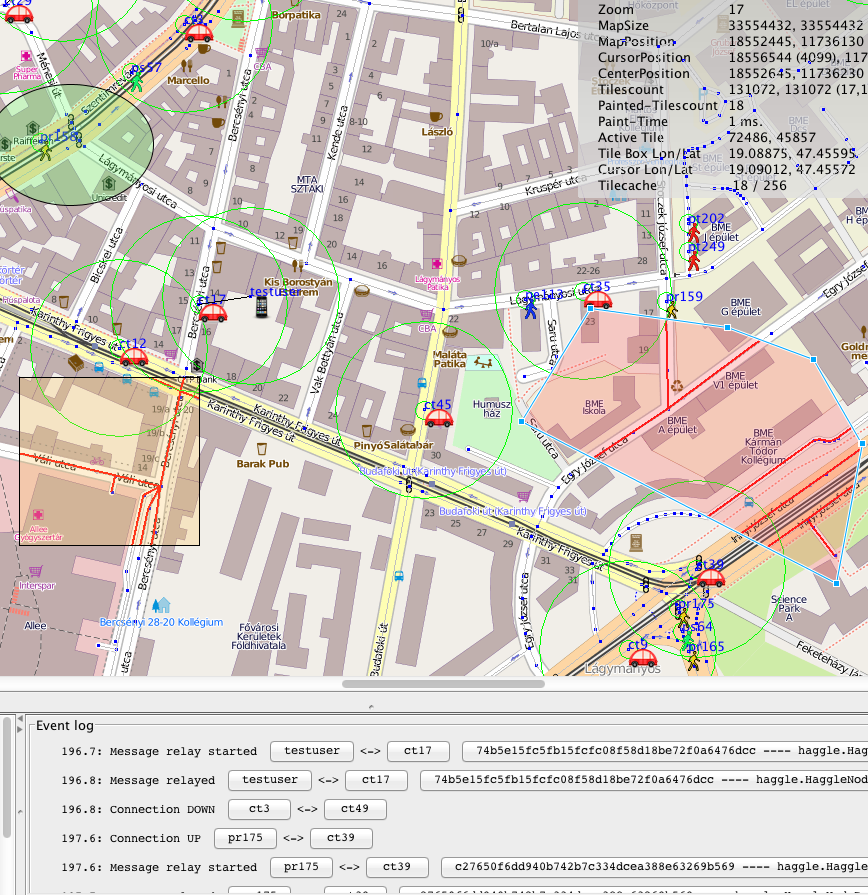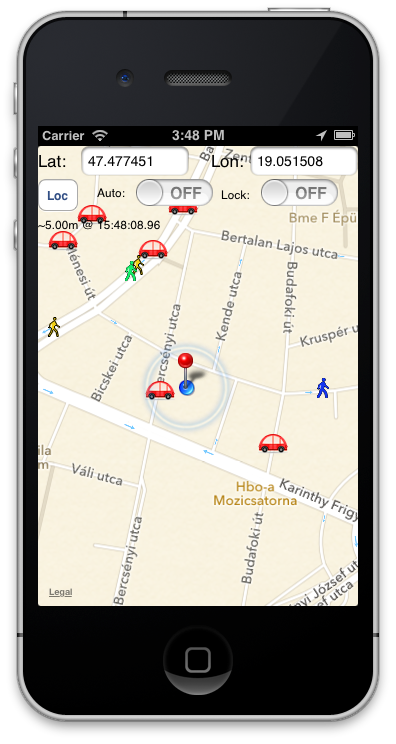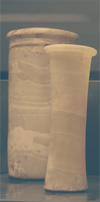| Full name: | ChaosFIRE - Fed4Fire Innovative Experiment for Measuring Effectiveness of an Opportunistic Network Platform for Sensor Data Collection and Distribution |
| Start date: | 2013. 01. 12. |
| End date: | 2014. 01. 12. |
| Participants: | |
| Project homepage: | http://dsd.sztaki.hu/projects/chaosfire |
| Coordinator: | László Kovács |
ChaosFIRE is an innovative experiment executed in the frame of the 1st Open Call of the Fed4FIRE. Following the succesful comnpletion of KOPFire as part of BonFIRE, ChaosFIRE is DSD's second Future Internet Research and Experimentation (FIRE) project.
Fed4FIRE is an Integrating Project under the European Union’s Seventh Framework Programme (FP7) addressing the work programme topic Future Internet Research and Experimentation. Fed4FIRE provides a federation of existing future internet experiment facilities making it possible to carry out experiments involving many test beds at the same time. The aim of Fed4FIRE with the federation of experiment to significantly accelerate Future Internet research. Fed4FIRE delivers open and easily accessible facilities to the FIRE experimentation communities, which focus on fixed and wireless infrastructures, services and applications, and combinations thereof. The project develops a demand‐driven common federation framework, based on an open architecture and specification. The federation framework will be widely adopted by facilities and promoted internationally.
"ChaosFIRE - Measuring Effectiveness of an Opportunistic Network Platform for Sensor Data Collection and Distribution" is one of the 8 innovative experiments selected in the 1st Open Call of Fed4FIRE in 2013.
The aim of the ChaosFIRE experiment is to evaluate the performance and usability of the Chaoster opportunistic peer to peer mobile technology as an alternative mean to central service based solutions to collect and distribute sensor information in an urban area. For the purpose of the evaluation the experiment take places in two of the Fed4FIRE federated testbeds:
- The SmartSantander testbed provides 20.000 sensors and an infrastructure, which collects sensor data in a central location and allows access to this information via web services and also via the Fed4FIRE infrastructure.
- The BonFIRE's focus is on cloud computing experiments. BonFIRE consists of six different BonFIRE testbeds, of which three are represented in Fed4FIRE: EPCC, INRIA and the iMinds Virtual Wall.
The idea behing ChaosFIRE is that the SmartSantander infrastructure heavily depends on the availability of a central sensor data harvesting service. But what if the central service becomes unavailable because of an unexpected event, like a power outage as the result of a storm or a natural catastrophe. In such an emergency situation it becomes even more vital to get to the necessary (sensor) information. However, the usual services in an emergency situation may not be available or simply just overloaded because everyone tries to access them. As an alternative mean to collect and share information we could use, however, the mobile capabilities of modern smart phones. So, in case a central service becomes unavailable for any reason we may switch to a short range radio based peer to peer networking mode, which at some extent can replace the central services or provide new services based on the peer to peer infrastructure.
In the ChaosFIRE experiment we will evaluate what kind of routing algorithms and setup of autonomous mobile peers can result in a QoS level similar to the existing online and centralized SmartSantander solution so that it may become an alternative mean to collect and distribute sensor data in Santander city in the “Chaoster way”.
For the experiment we define use cases that can be solved with the current SmartSantander infrastracture and will evaluate our solutions in comparison with these existing applications. The experiments are planned to be executed in two setups:
- Simulation only with actual data setup. Here we experiment with virtualised sensors and autonomous mobile peers only. In this setup we concentrate on evaluating the routing algorithms and the use case specific needs of the setup.
 ChaosONE simulator depicting mobile nodes and various areas to avoid or search for.
ChaosONE simulator depicting mobile nodes and various areas to avoid or search for.
- Simulated and real life peers fusion setup. In this setup we will use the results of the “simulation only setup” but will involve actual mobile peers moving in Santander. These mobile peers controlled by human operators will be used to provide actual human input to the use cases, as well as to get hands on experience how the experiment use cases are perceived by and usable for human participants.

Simulation and real life fusion use case with an actual iPhone user at the red pin
participating in simulaton and connected with a simulated car node
